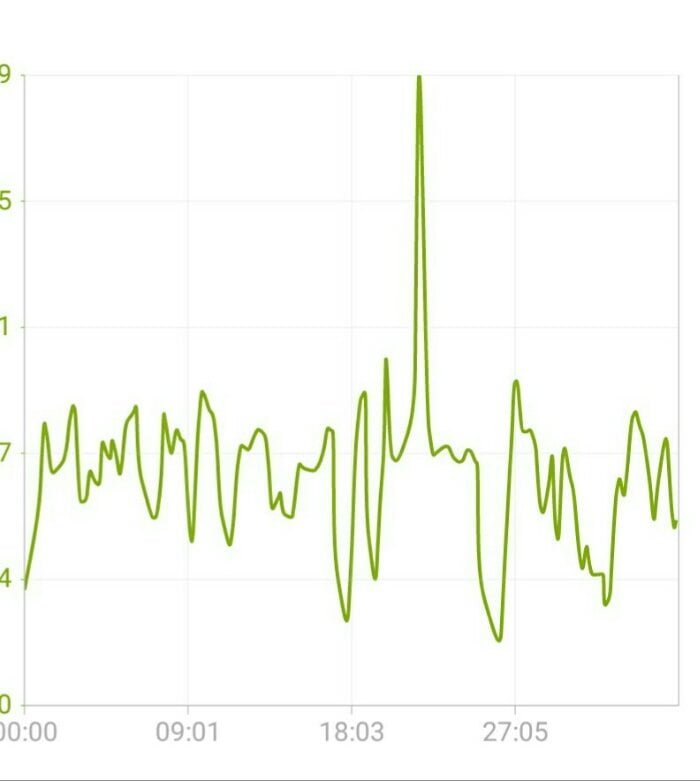See if you can work out exactly where on my beagle walk this morning I managed to actually tread directly on a Puff Adder (Bitis arietans)…
Yeah, I know that the snake in question had no intention of following me, but you don’t think about that when you’ve just stepped on “the most dangerous snake in Africa*”.
I was happily walking along the beach in Suiderstrand, on the little slope that comes down from the rocky outcrop on the way back from Piet se Punt. You know the one. It – the snake – was more than half hidden in a bush at the right hand side of the path, and I was looking at some fighting Bulbuls over my left shoulder. Next thing, as I stop looking at the ruckus behind me, and turn to face forwards once again – the traditional direction for walking, generally – I look down to see the side my right foot slide off the side of a phat puffy. Think of half stepping on a firm, heavy pool noodle.
And then I legged it.
Your questions answered:
Are you sure it was a Puff Adder?
Yes, 100%. We see a lot of them in Agulhas – 4 this weekend alone, and we were only there for 24 hours. Stunning animals.
Also: I actually trod on it, so I got a good, close-up, extremely brief look at it.
Why didn’t it strike?
I have absolutely no idea. I think I was very lucky.
I was. I was very lucky.
Why did you run?
Pure adrenaline. I did 50+ metres at Usain Bolt pace. On sand.
I know that the puffies don’t chase you, but my brain wouldn’t let me remember that until I was (with hindsight) a frankly ridiculously safe distance away.
What was the state of your underwear after the incident?
No comment.
So. A somewhat fortuitous escape. But wildlife, ne? It’s wild.
UPDATE:
Additional FAQ:
What was the beagle’s reaction to all this?
The beagle was about 20 metres ahead of me at the time, so had walked right past the snake without noticing. The beagle was wholly uninterested in my blind panic and swearing as there was stuff to sniff and explore.
Why did the snake not move as you approached?
Two reasons, I think. One, it was a puff adder and they really can’t be arsed. And two, looking back now, I was coming from downwind of the snake, walking into a strong south-easter.
* Snake people can discuss amongst themselves







